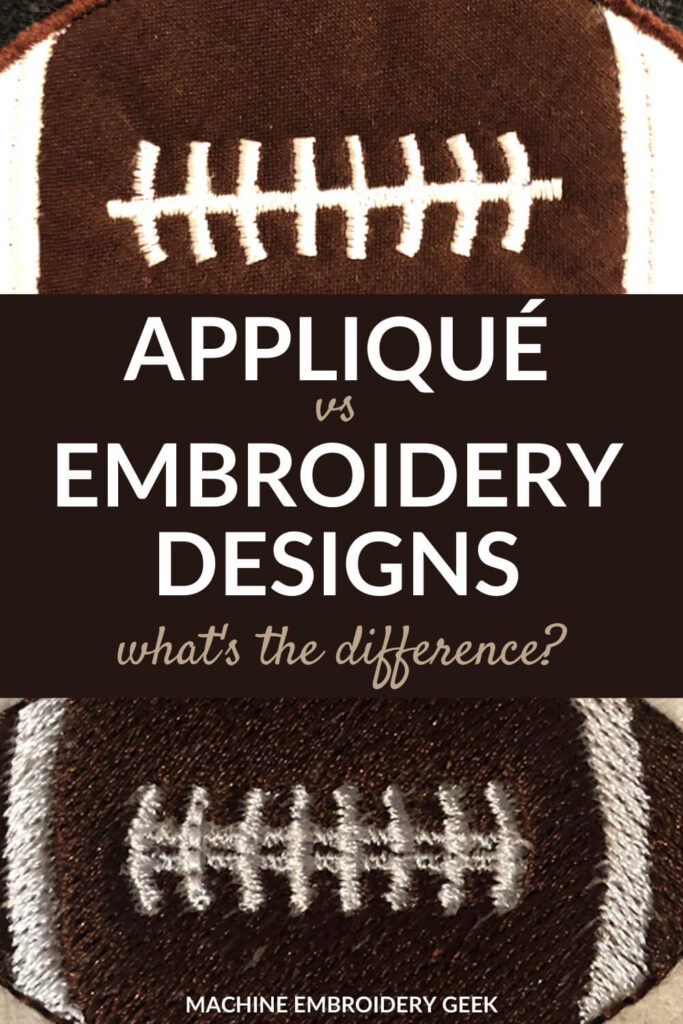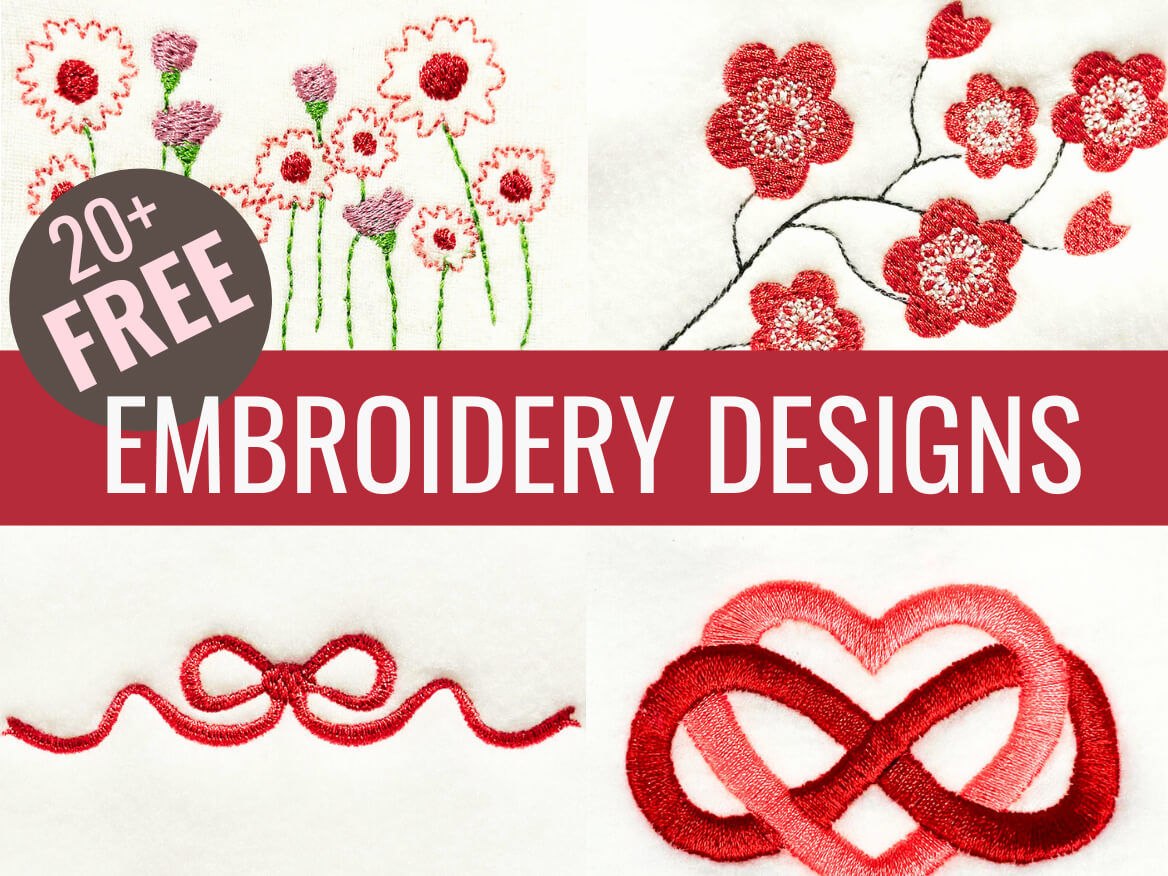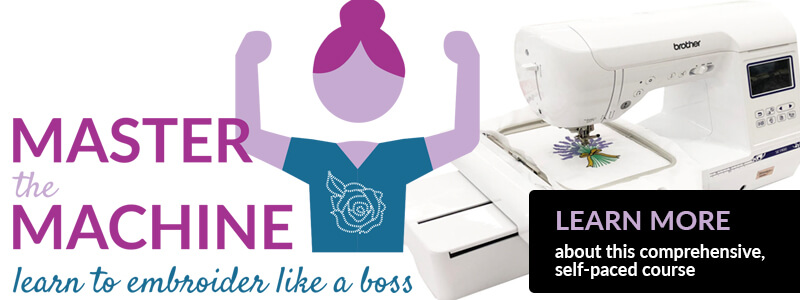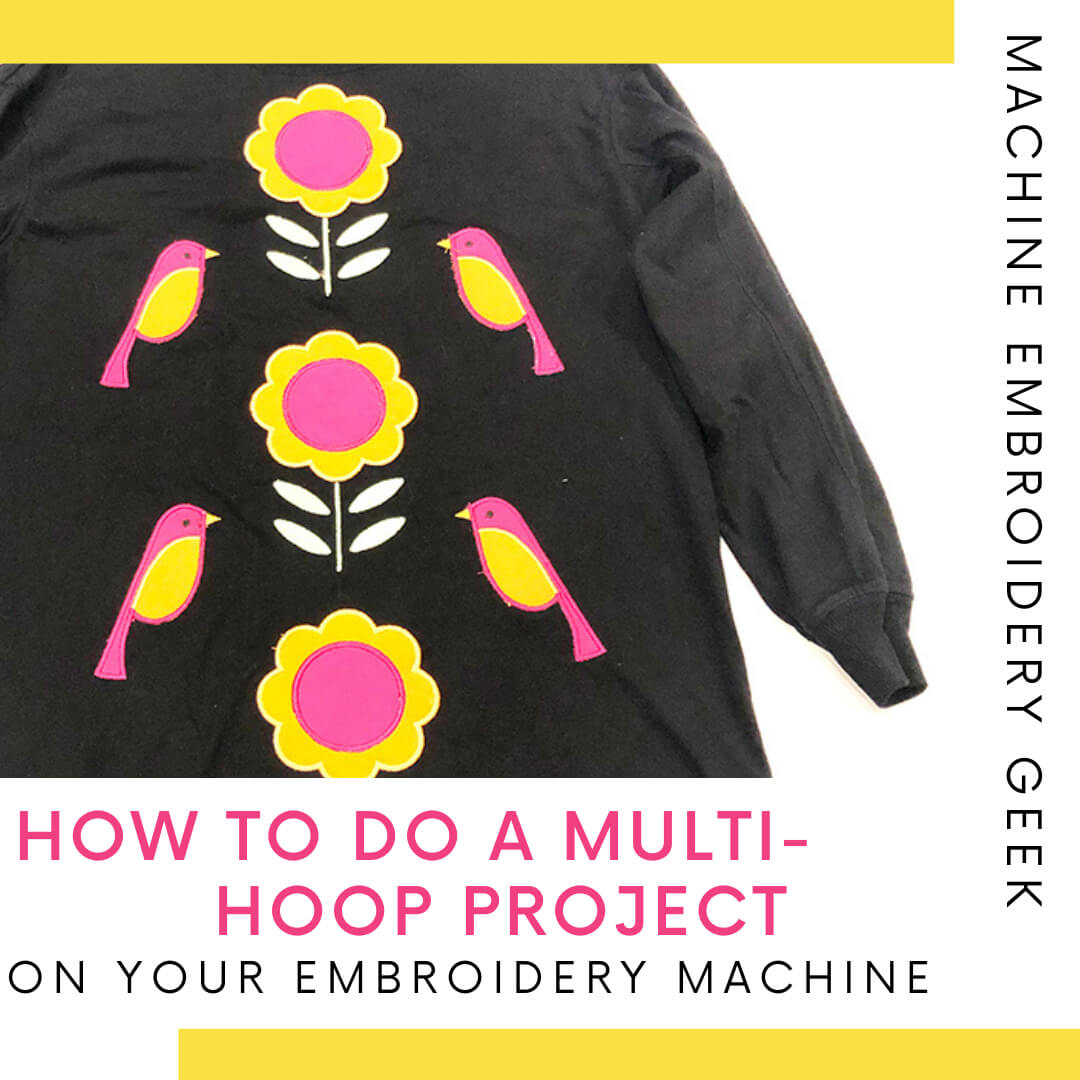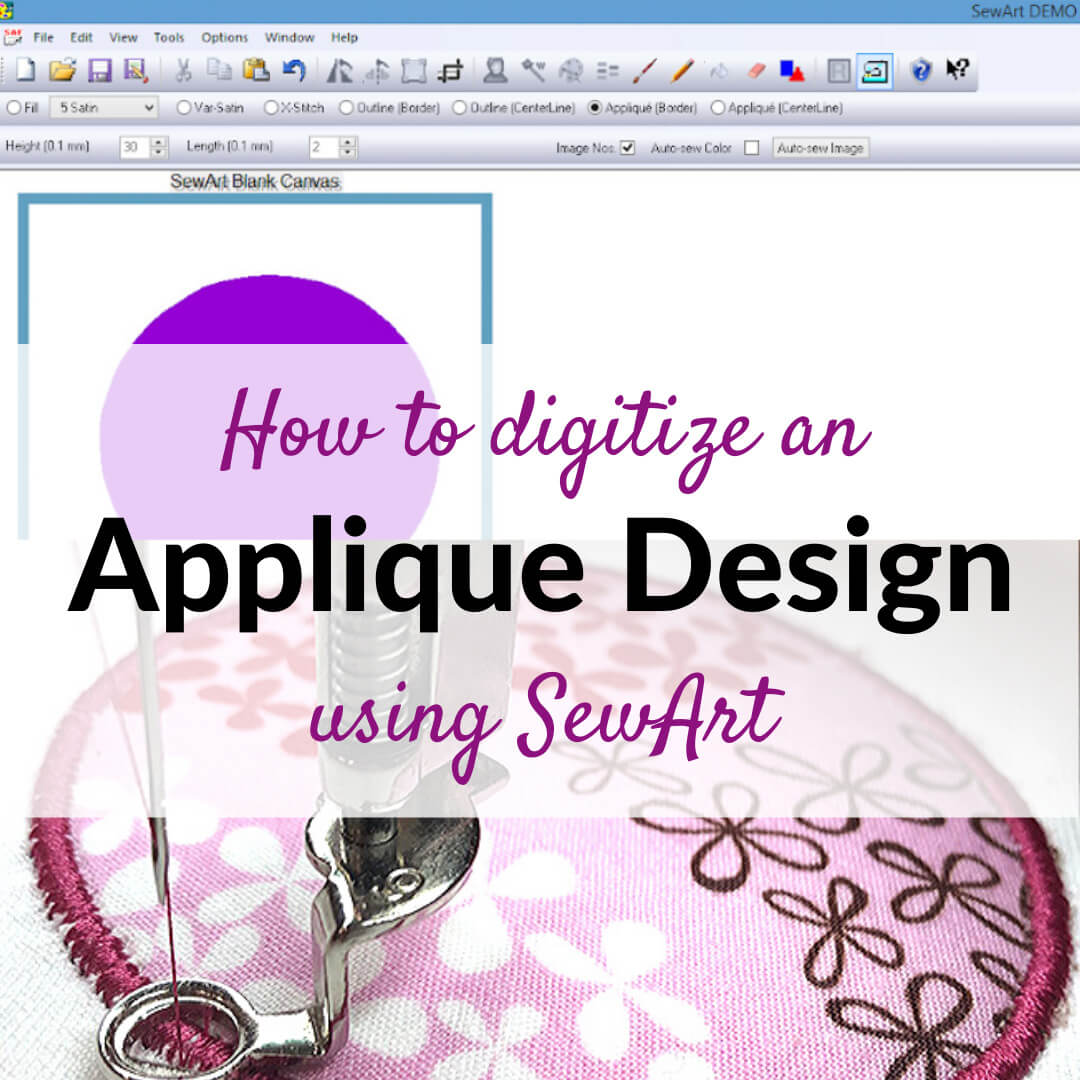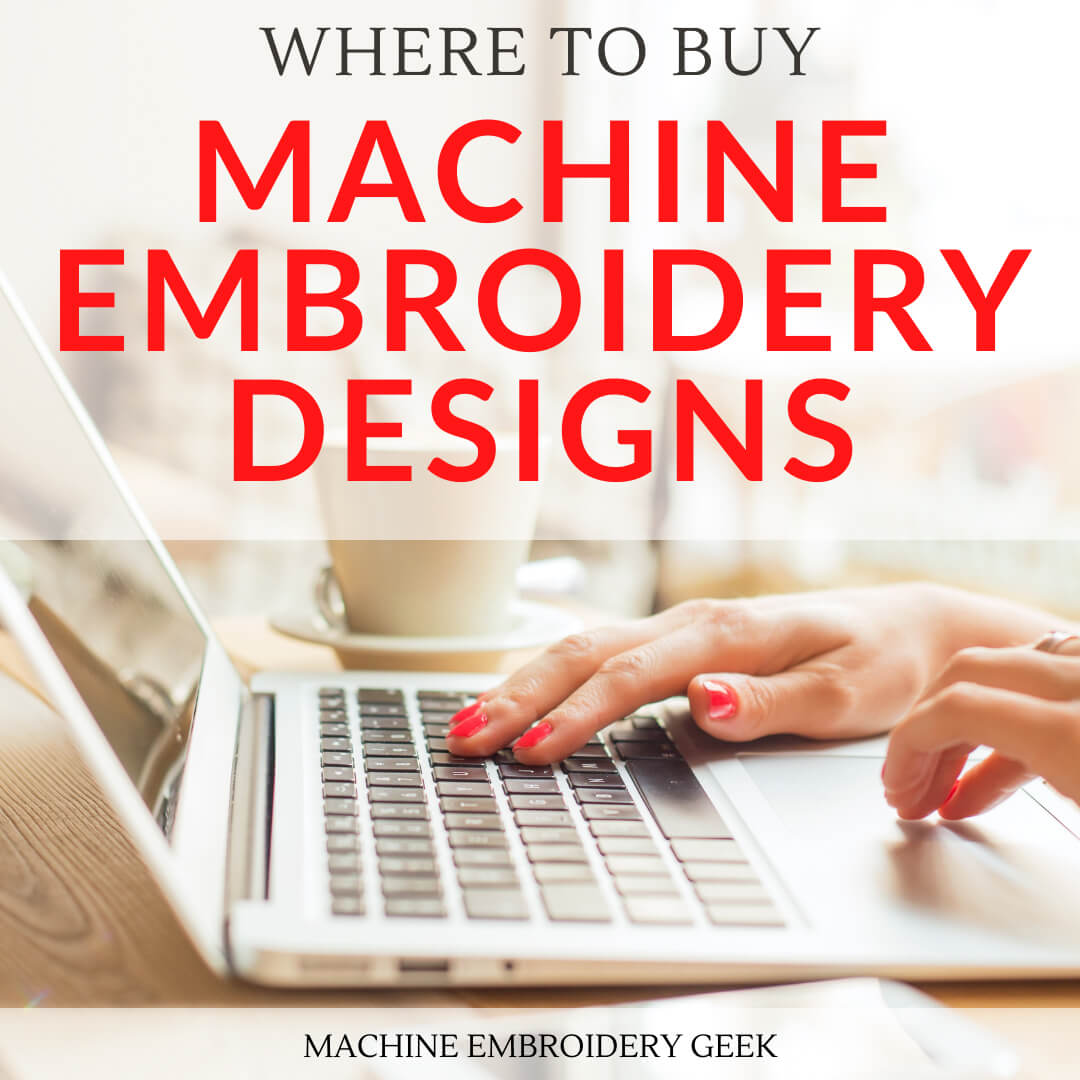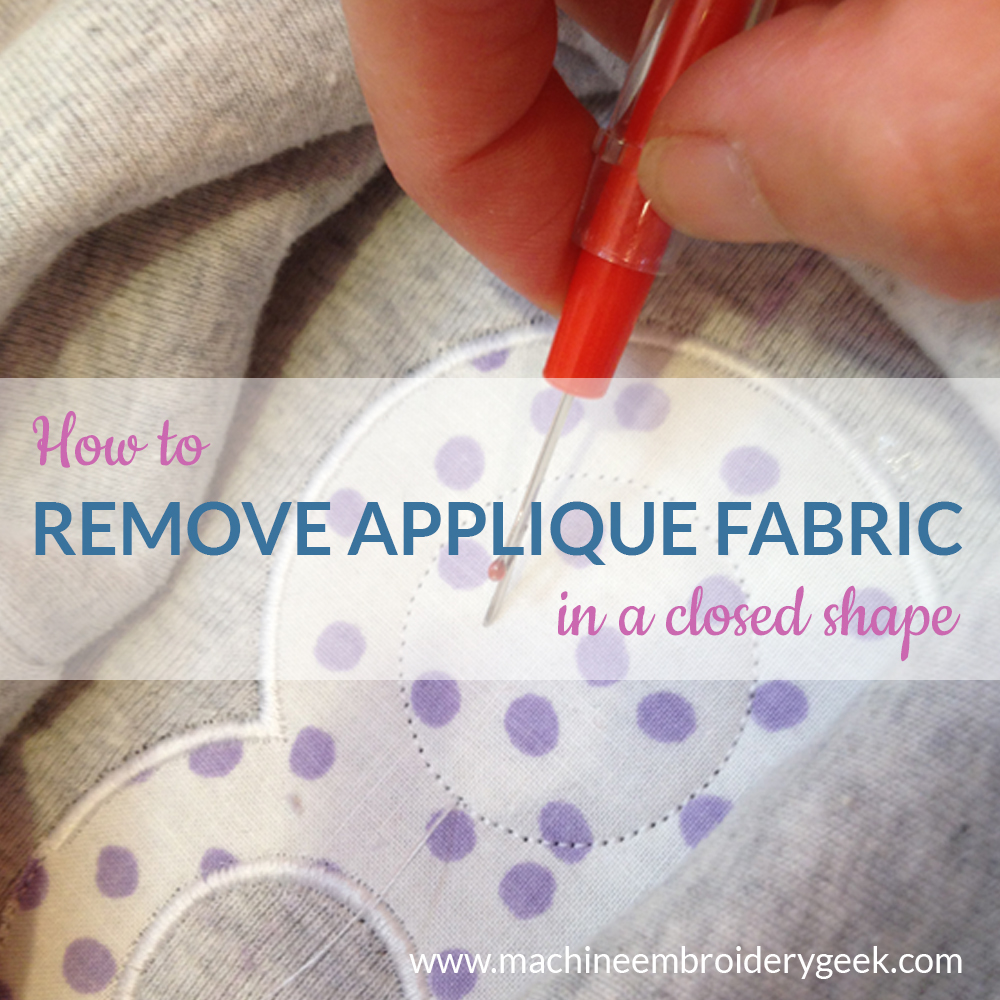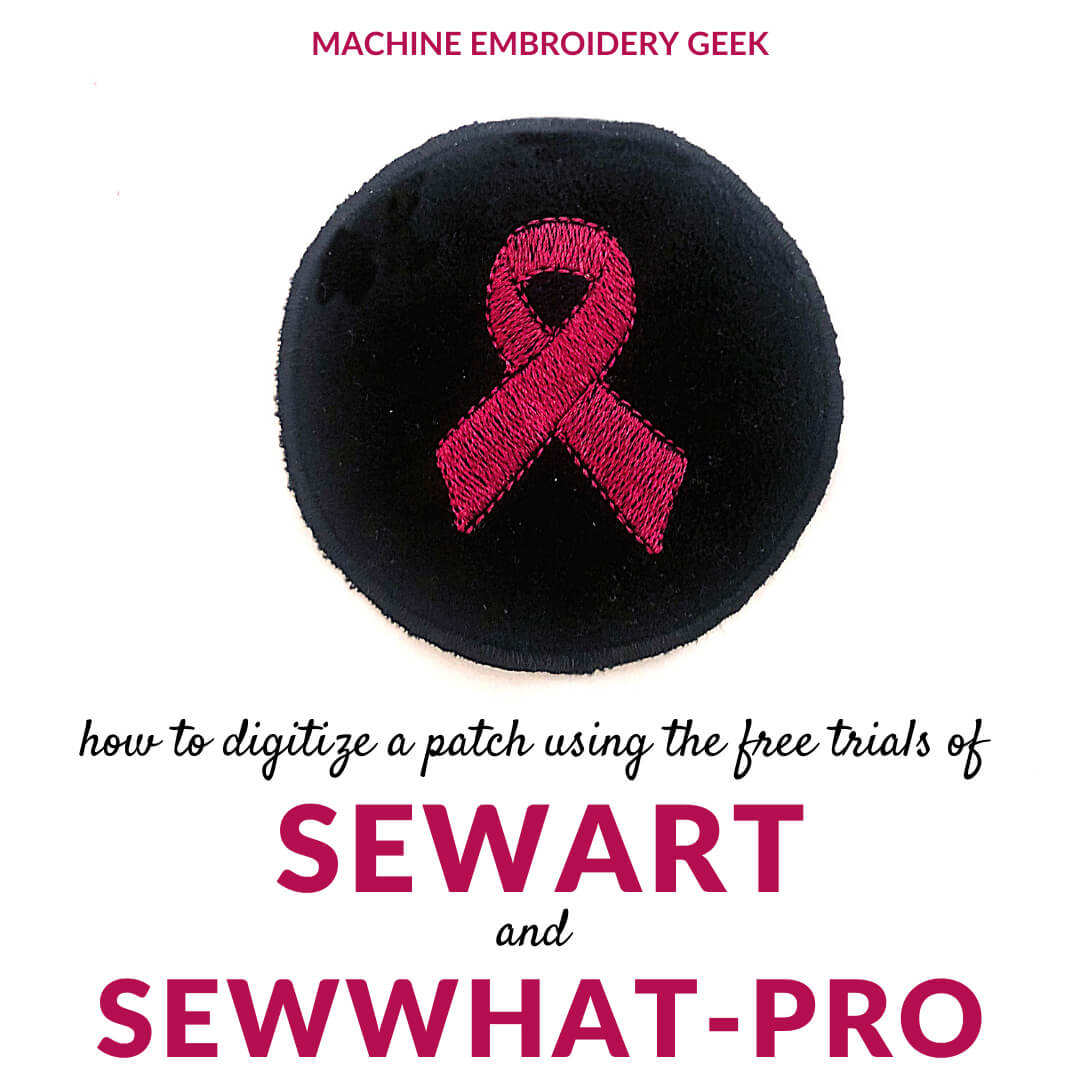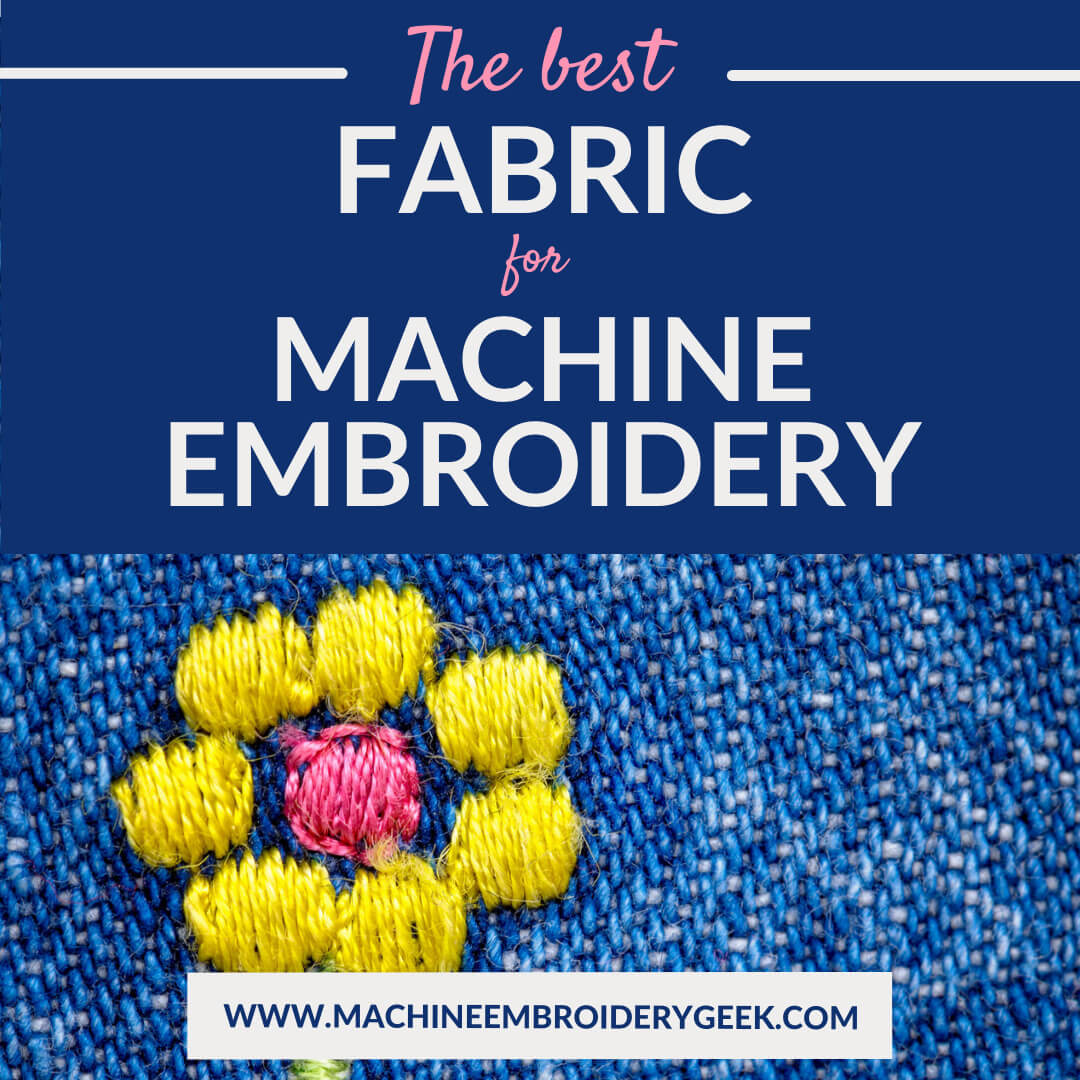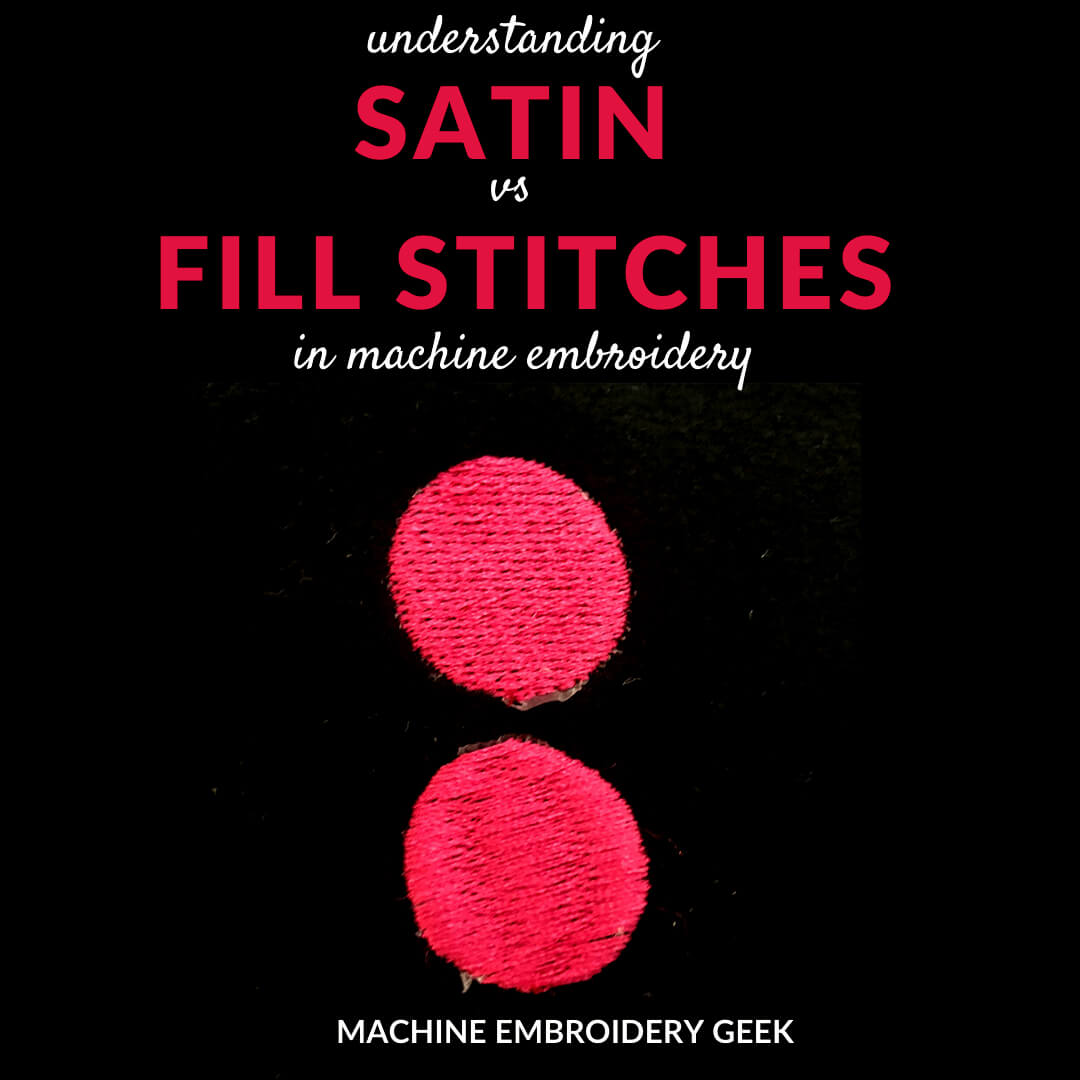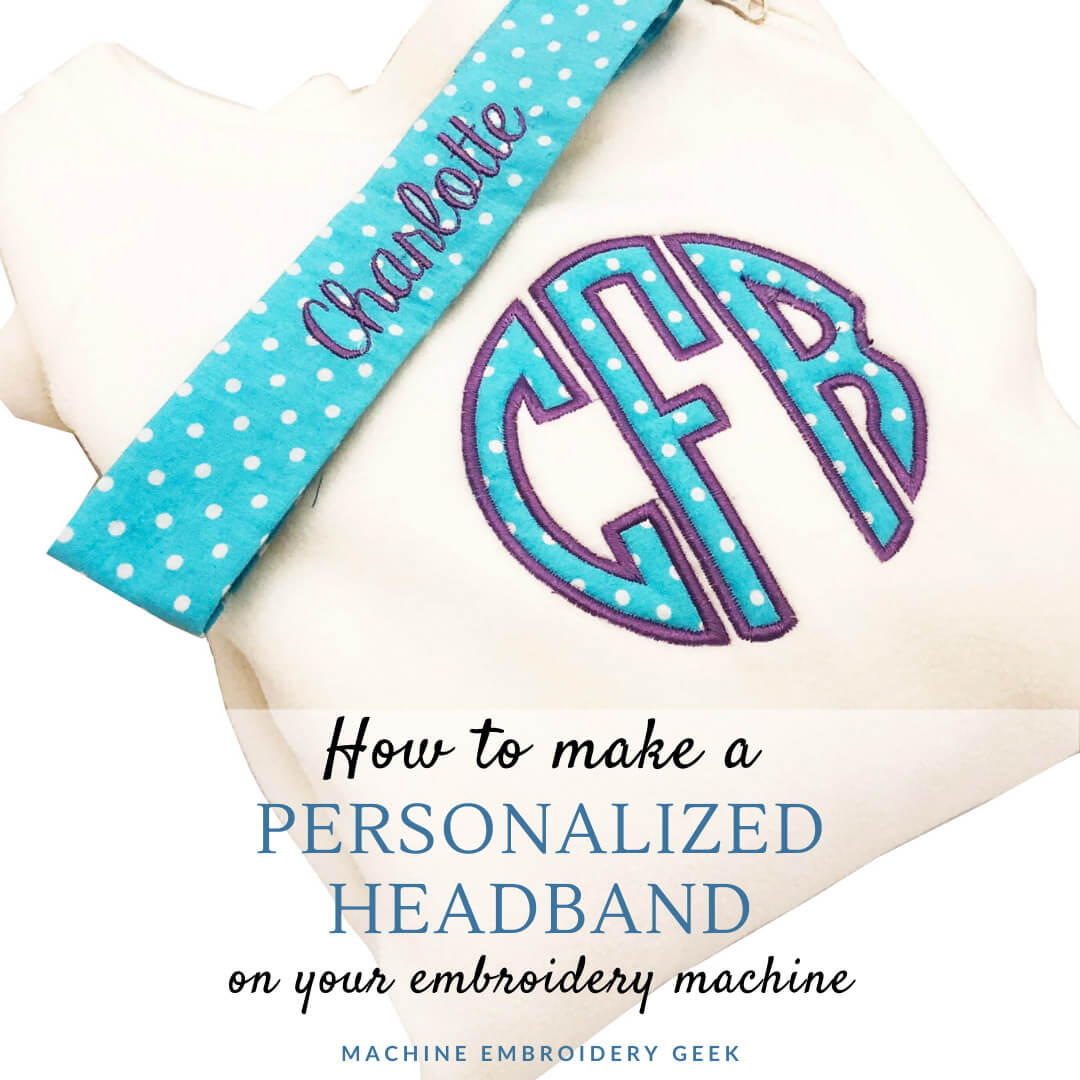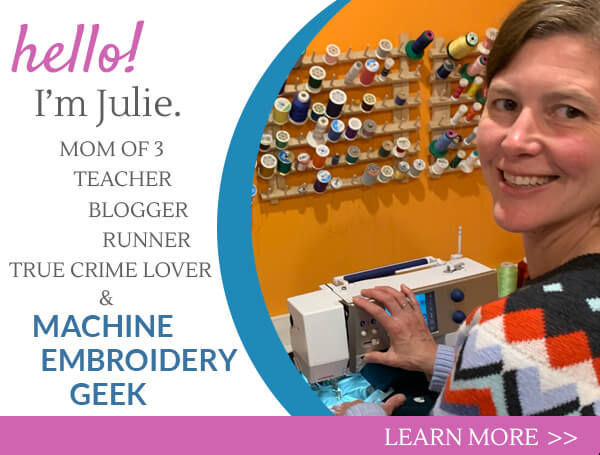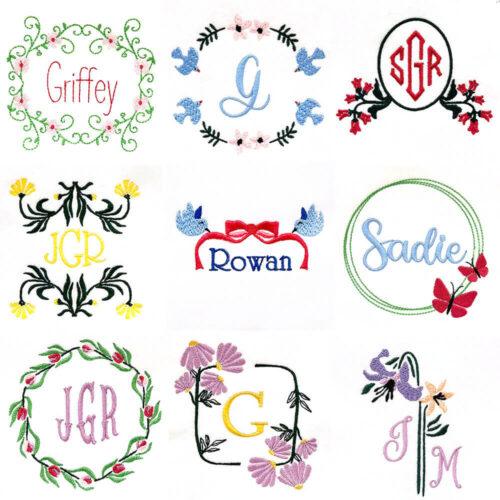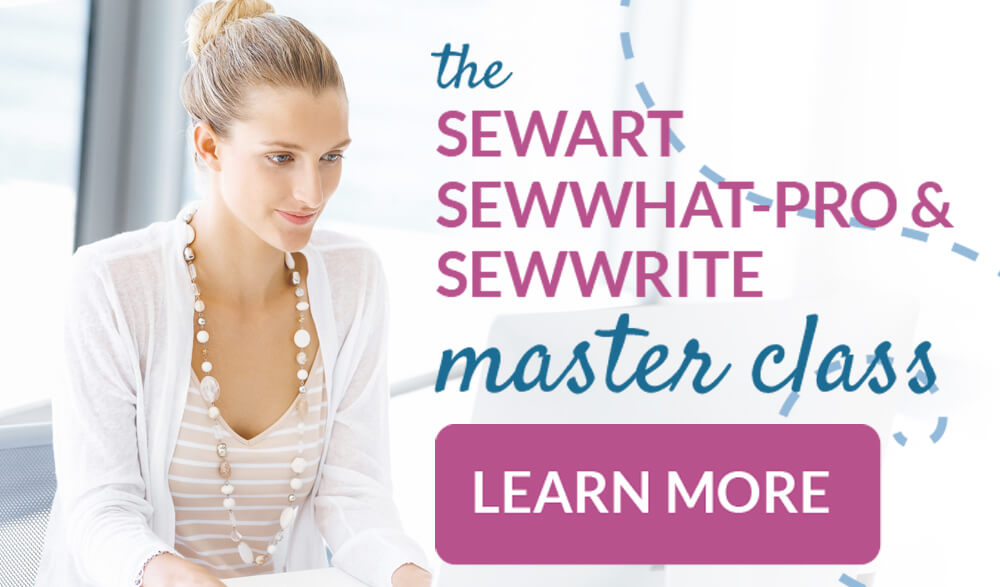Embroidery vs appliqué designs – what’s the difference?
This site contains affiliate links to products. We may receive a commission for purchases made through these links.

When you’re deciding on a design for your next project, it’s important to know the difference between embroidery vs appliqué designs. Both of these file types can be used to create beautiful projects, and both can be made on an embroidery machine. However, embroidery designs and appliqué designs have very different characteristics. In this article, I break down the differences between embroidery and appliqué designs so that you can choose the right type of file for your project!
Products mentioned in this post
Why do I need to know the difference between embroidery and appliqué designs?
If you’re not sure why it’s important to know the difference between embroidery and appliqué designs, let me explain. These two file types not made in the same way, and as a result, work differently. They also have their own strengths and weaknesses. Because they stitch out differently and have a totally different look and feel – you should understand their differences so that you can know what to expect and be prepared before you start stitching one out.
So, what’s the difference between embroidery and appliqué designs?
Embroidery designs
An embroidery design is created purely from embroidery thread. Sometimes they are referred to as “filled” designs because they are completely filled with thread.
When your embroidery machine stitches out a filled embroidery design, it creates the design of thread and thread alone.
Some embroidery designs actually involve layering of different thread types to create a shading effect.
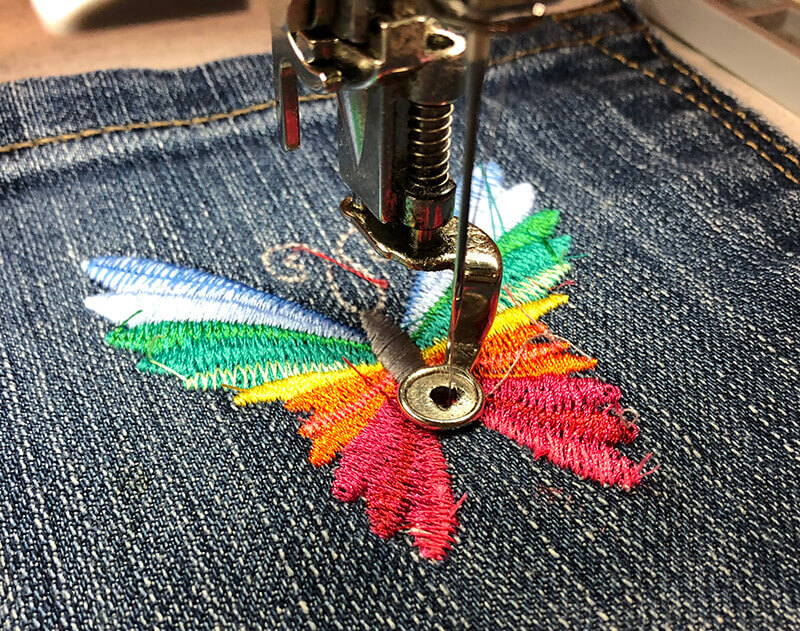
Appliqué designs
Appliqué designs, on the other hand, incorporate layers of fabric that are stitched onto your base piece of fabric. The appliqué design file facilitates this type of layering and stitching down of pieces of fabric on top of fabric.
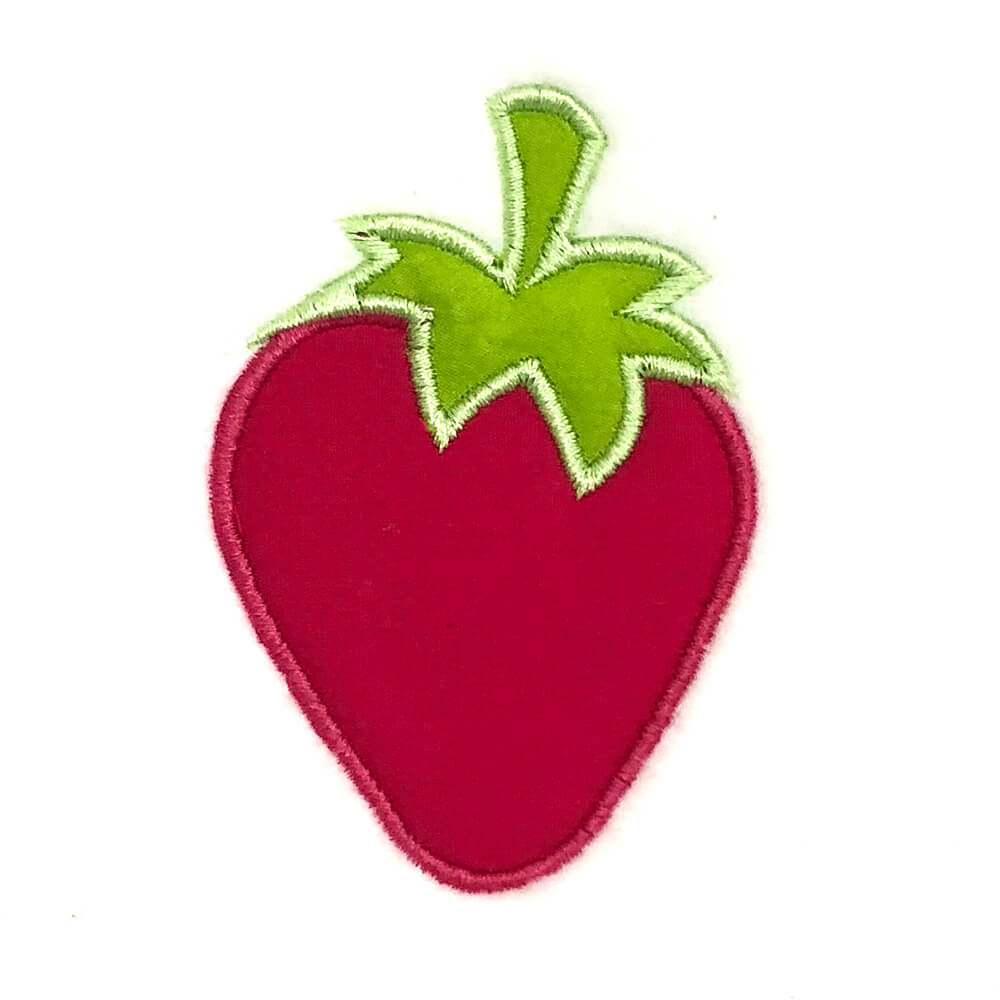
Appliqué designs can have finished “satin stitched” edges or raw edges for a more casual look.
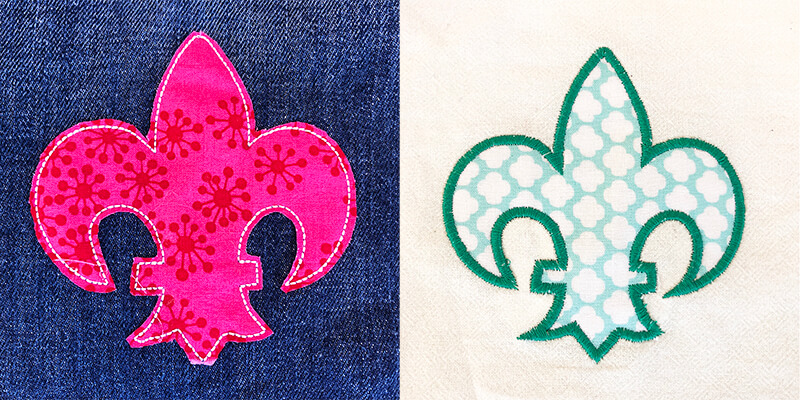
Pros and cons of embroidery vs appliqué designs
Time
One of the biggest differences between these two types of designs is the amount of time it takes to stitch them out.
Embroidery designs can take a lot longer to stitch out because every bit of the resulting design is comprised of stitches. Very large and complex designs can take hours to complete!
Appliqué designs tend to stitch out quicker because the embroidery machine does not need to generate stitches to build every part of the design. Fabric can cover large areas of the resulting design.
However, with appliqué, the time you save generating stitches is often eaten up by the time it takes to trim applique fabric during the design creation process.
So, while filled embroidery designs may take longer to stitch, they are more hands off than appliqué designs. You simply, change the thread color for each part of the design. And if you are working with a multi-needle machine – you don’t even need to do that.
Complexity
Both embroidery and appliqué designs can be complex.
But, embroidery designs have a lot more freedom when it comes to complexity because they are not constrained by the shape of fabric pieces. With embroidery, you can have very intricate and precise designs with many small details.
Appliqué, on the other hand, is limited by the shape of the fabric pieces that make up the design. You are constrained to the outside edge of each applique fabric piece, so your design can not have as much intricate detail. Your design is comprised of solid (or print) areas of fabric.
Size
The size of embroidery designs is also not constrained by fabric pieces. You can have a design that is as large or small as you want.
With appliqué, the size of your design will be limited to the size of your largest applique piece. So, if you want a very large design, you will need to use larger pieces of applique fabric.
Look
Another big difference between embroidery and appliqué designs is the way that these two types of files look when they’re finished.
Embroidery designs have a smooth, finished look because they are built from stitches alone. And, the embroidery machine essentially sews these stitches on top of the fabric.
Appliqué designs often have a more “handmade” look because they involve layering of different fabrics. The character of the fabric will have a big effect on the the overall look of your project. If you are appliquéing kids’ clothes, you want to choose appropriate kid-friendly fabrics to give your project the right look.
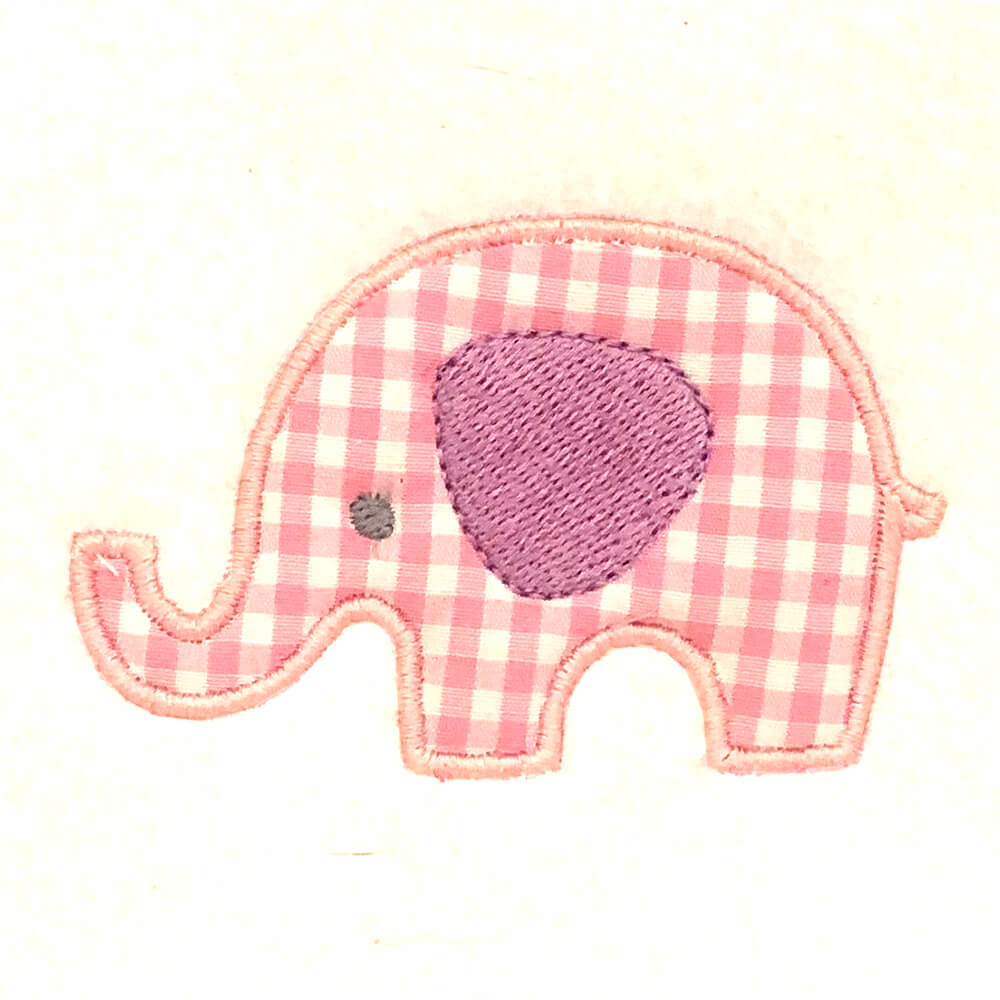
Application
Finally, embroidery and appliqué designs are often used for different applications.
Embroidery is often used to add intricate details and embellishments to garments and other fabrics.
Appliqué is often used to create larger designs. I learned early on that if I wanted to create a very large scale design, it made much more sense to use an appliqué design. Large areas of filled stitches can make the resulting project quite stiff. Also, they take a REALLY long time to stitch out.
How do you know if a design you are buying is an embroidery or appliqué design?
If you are unsure whether a design is an embroidery or appliqué design, read the product description! The description should specify whether the file is for embroidery or appliqué. Any company that sells embroidery designs will surely make that explicit. If all else fails, ask the seller!
You can also tell by looking at a design file in a free (or paid) embroidery software. (There are many free programs that will allow you to preview an embroidery file.)
Embroidery designs will typically have a lot of small details and stitches and look completely filled.
Appliqué designs will have open areas where fabric pieces are intended to go. If you run a stitch simulator in your embroidery software, you will notice some unique stitch patterns when you preview appliqué designs. These types of files incorporate placement stitching (a running stitch that is intended to show the embroiderer where to lay down the appliqué fabric) and tack down stitching (running stitch intended to secure the appliqué fabric in place so that the embroiderer can trim the excess fabric. Learn how to stitch out an appliqué design.
Frequently asked questions regarding embroidery vs. appliqué designs
Q: Can I convert an embroidery design into an appliqué design (or vice versa)?
A: No. You cannot convert one type of file into another. They are two completely different types of files that require different embroidery software to create.
Q: Can I embroider an appliqué design?
A: No. Appliqué designs require that you sew down pieces of fabric to create the design. If you try to embroider an appliqué file, your embroidery machine will simply stitch a running stitch around the perimeter of each applique piece – it will not sew down the applique fabric.
Q: Can I add embroidery details (or a name or a monogram) to an appliqué design?
A: Yes! This is actually a great way to personalize an appliqué design. After you’ve sewn down the appliqué pieces, you can add embroidery stitches or embroidery details to the design. In fact, some appliqué designs incorporate openings fo you to add a name or a monogram. Learn how to combine embroidery designs into one.
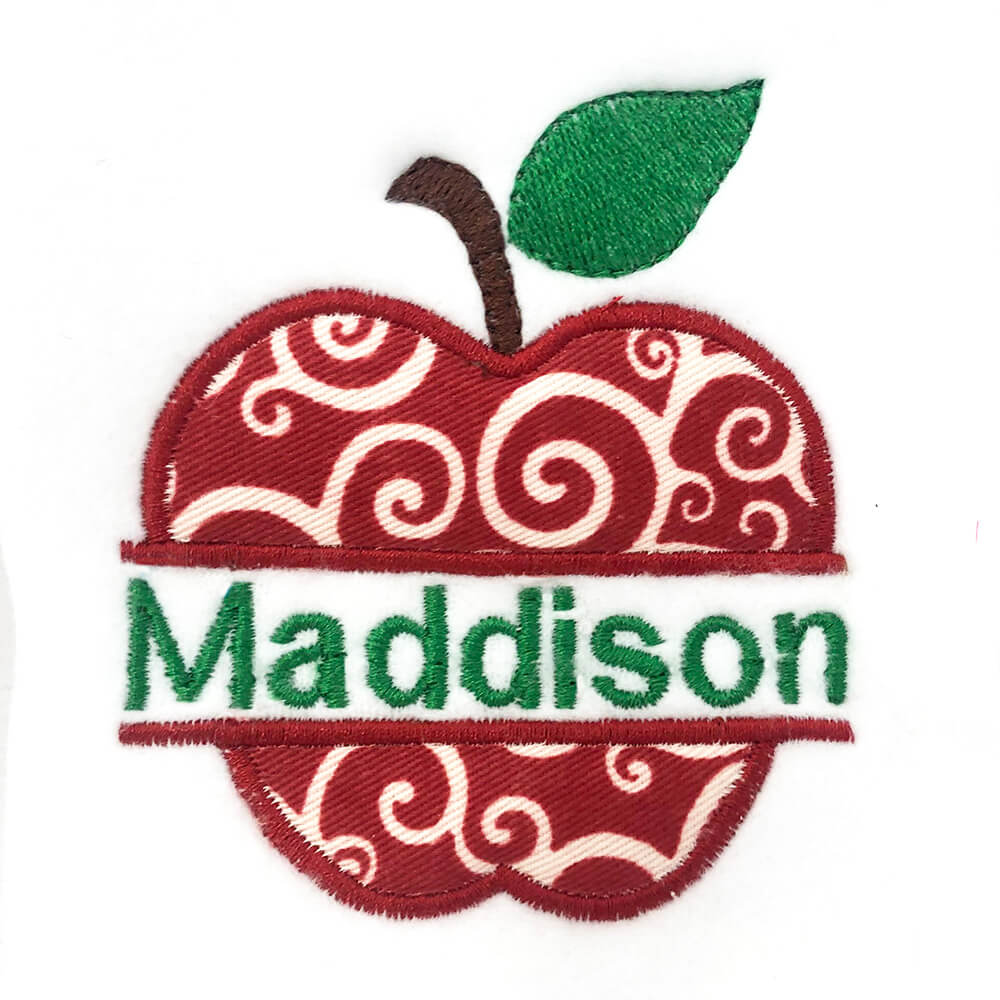
Q: What’s the best type of embroidery or appliqué file to buy?
A: It depends on what you want to do with the design. If you want to add embroidery details to a garment, then you’ll want to buy an embroidery design. If you want to create a large appliqué design, then you’ll want to purchase an appliqué file.
Q: Can all embroidery machines stitch both embroidery and appliqué designs?
A: Yes! All embroidery machines can stitch both embroidery and appliqué designs.
Embroidery vs appliqué design – which is better?
Now that you know the difference between embroidery and appliqué, it’s time to decide which is right for your project. The short answer is: it depends on the look you are trying to achieve and the size of your project.
If you want a smooth, finished look with intricate details, embroidery is probably your best bet.
If you want a more handmade look or need to create a large design, appliqué is the way to go.
One caveat to doing appliqué on your embroidery machine is that you do have to have some appliqué fabric on hand. So, if you like this look, it’s a good idea to save small cotton scraps. I’ve even purchased a bunch of 1/8 yard solid quilting cotton fabrics in a rainbow of colors so that I would have a lot of options when doing appliqué projects. (You can also get a beautiful rainbow of quilting cotton fat quarters for next to nothing on Amazon!) I also collect small pieces of ginghams, seersucker and other kid friendly cotton fabrics specifically for appliqué.
Remember, you can always mix and match these two different techniques to create unique effects. In fact, some designs incorporate both embroidery and appliqué in one file!
For example, an animal appliqué design may have embroidered details like facial features and other small details.
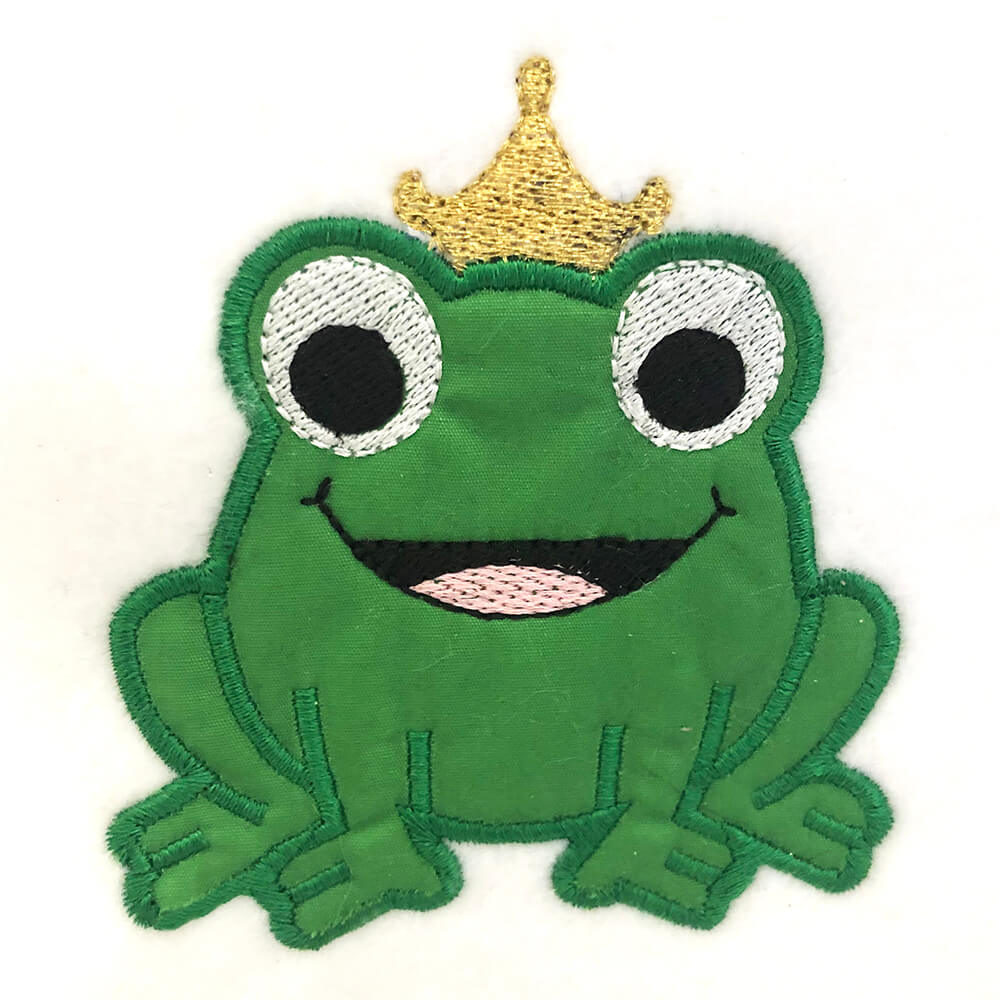
So, now you know the difference between embroidery vs appliqué designs! Which type of design do you prefer, and why? Feel free to leave a comment below!
Want to remember this? Save “Embroidery vs appliqué designs: what is the difference?” on your favorite Pinterest board
